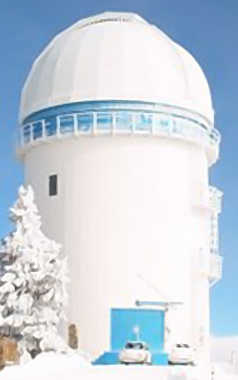Star Formation and AGN Activity in AKARI
Detected Galaxies at Z= 0.4-2
Resumen: 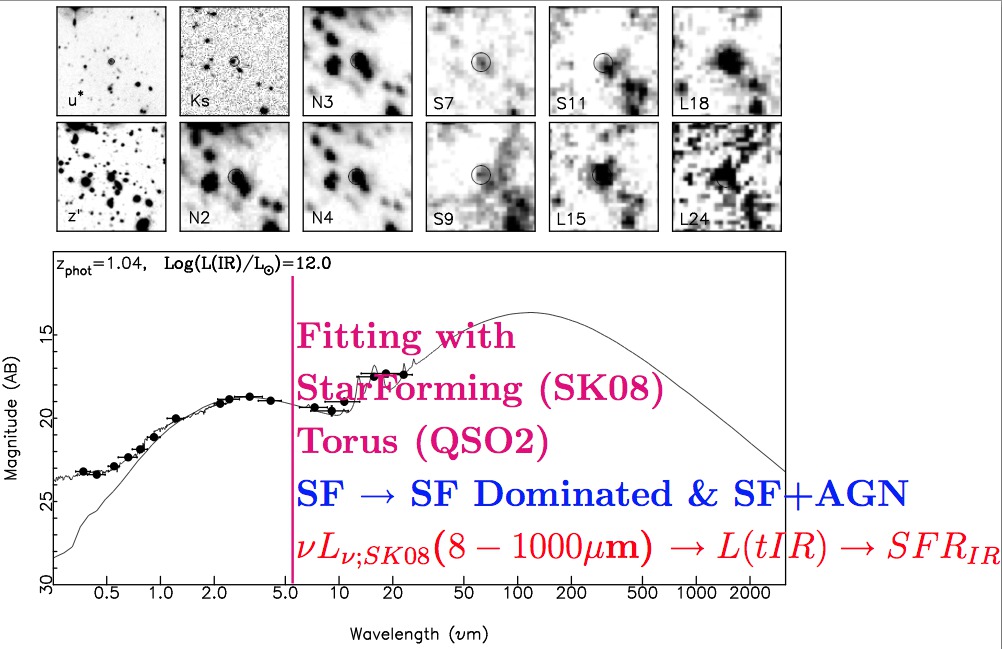 |
We studied the star-formation and AGN activity of massive galaxies in
the redshift range z=0.4-2, which were detected in a deep survey field
using the AKARI InfraRed (IR) astronomical satellite and Subaru
telescope toward the North Ecliptic Pole (NEP).
The AKARI/IRC Mid-InfraRed (MIR) multiband photometry was used to trace
the
star- ...
|
El Instrumento RATIR para el Telescopio Harold Johnson
de 1.5 m del
OAN-SPM: Estado, Uso y Capacidades
Resumen: 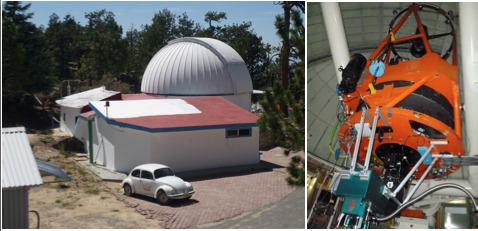 |
El instrumento RATIR (Re-Ionization and Transients InfraRed camera) es
una cámara óptico-infrarroja de 4 vias diseñada para tomar imagen
casi-simultánea en bandas ugriYZJH, y esta instalada en el Telescopio
Harold Johnson del OAN-SPM.
El telescopio fue robotizado para permitir observaciones que difícilmente se pueden realizar con el modo clásico
...
|
Guillermo Haro. A Cien Años de su Nacimiento
Resumen: 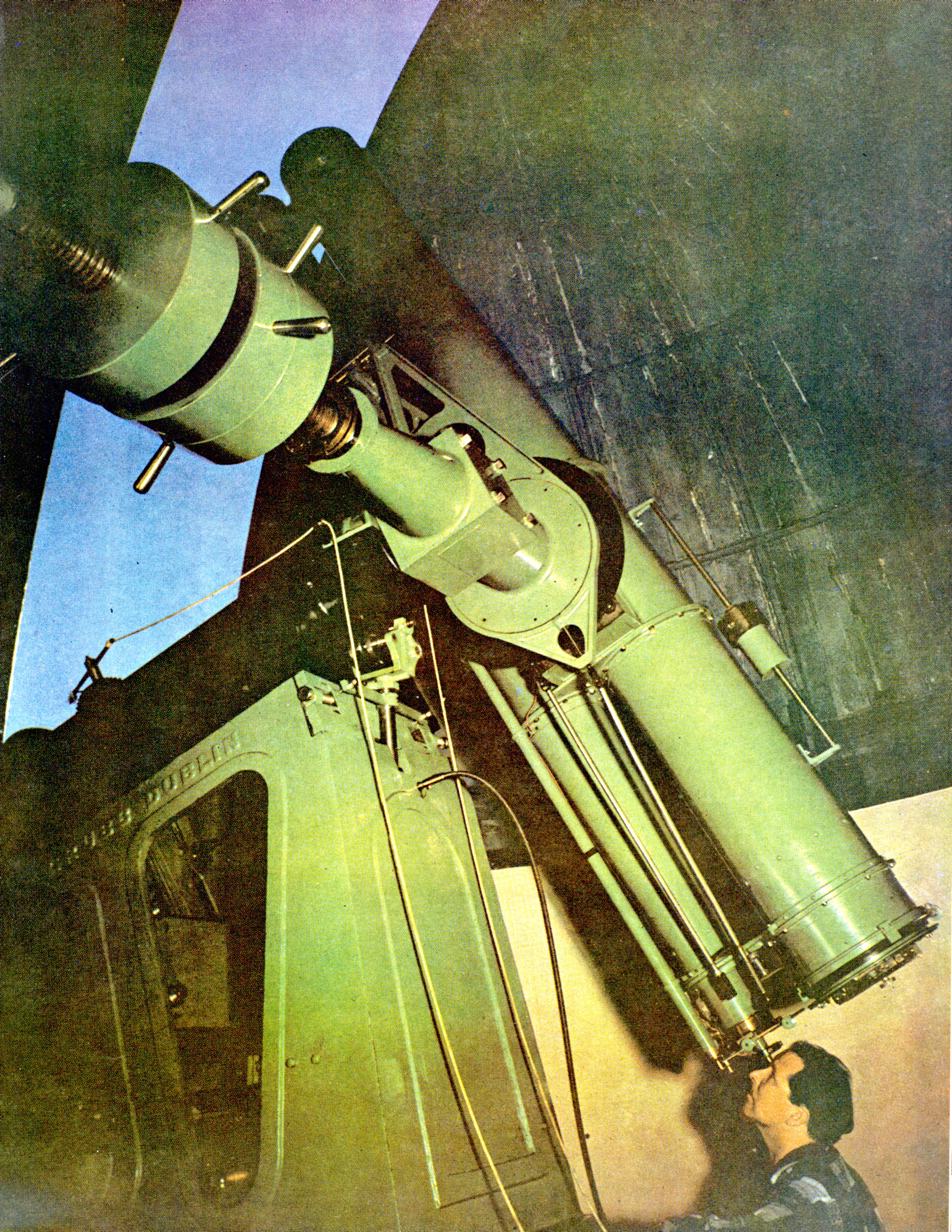 |
Guillermo Haro Barraza (1913-1988), en sus 45 años como astrónomo profesional, hizo descubrimientos notables que abrieron nuevos campos de investigación en astrofísica, todos ellos vigentes actualmente. También fue un incansable promotor de la institucionalización de la ciencia en México. A 100 años de su nacimiento, su legado está siendo
...
|
Precision Cosmology Via The L(Hβ)-σ Relation
of Massive Burst of Star Formation:
The Hubble Constant.
Resumen: 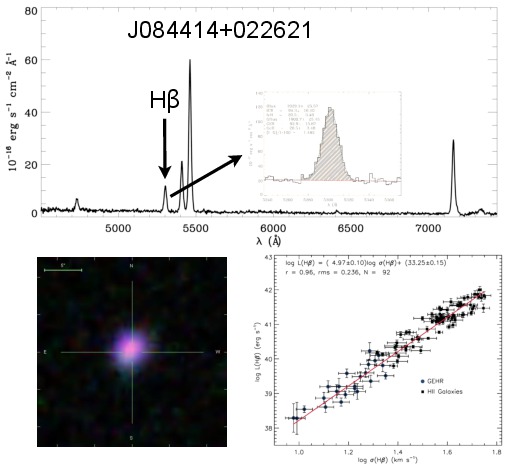 |
We report the first results of a long-term programme aiming to provide accurate independent estimates of the Hubble constant (H0) and the Dark Energy Equation of State Parameters, using the L(Hβ)-σ distance estimator for giant extragalactic H II regions (GEHR) and H II galaxies. We have used VLT/Subaru high-dispersion spectroscopic observations
...
|
High-Energy Flares From Black Holes and the
Cherenkov Telescope Array
Facultad de Ciencias Astronómicas y Geofísicas
Universidad Nacional de La Plata, Argentina
Resumen: 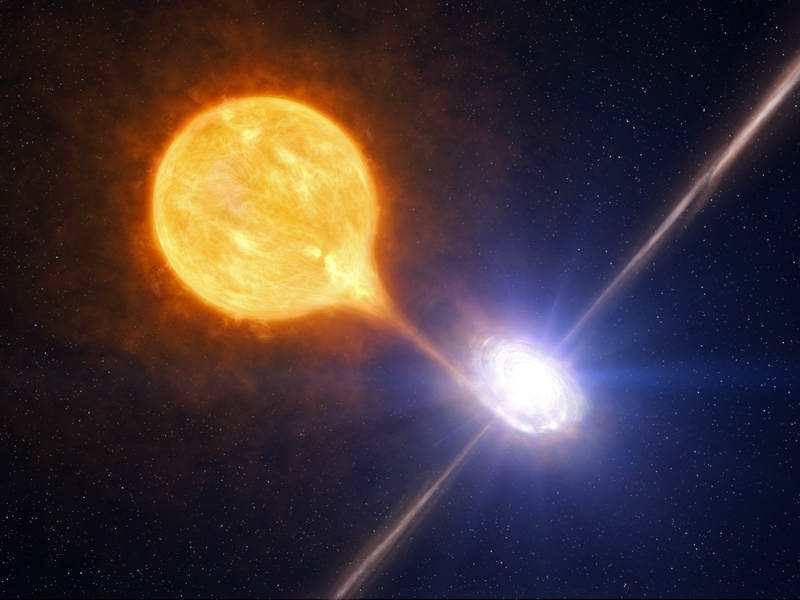 |
Accreting black holes in galactic binary systems are surrounded by a very hot and magnetised plasma. Fast and turbulent field reconnection can produce non-thermal gamma-ray flares in the magnetosphere when the system is in the hard-soft X-ray state. Radiation in the GeV range is mostly absorbed by the thermal photon field, but MeV and TeV signatures
...
|
Páginas
